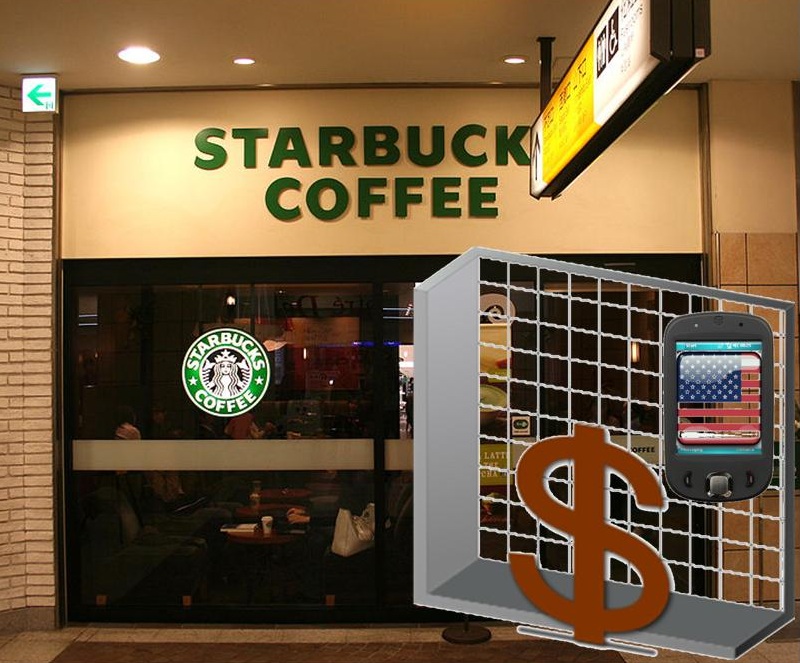The latest projections from Gartner have revealed that computing anytime and anywhere is impacting buyer choices.
According to the most recent forecasts that have been made by Gartner, mobile commerce is having a considerable impact on buyer behaviors and it predicts that it will have a considerable impact on the shipments of traditional PCs that will be seen from now on.
The report from the company showed that consumers haven’t slowed down their rate of spending.
Instead, the report indicated that consumers have shifted their focus toward mobile commerce instead of stopping the purchasing of the devices. It showed that tablet shipments will be increasing by 67.9 percent this year, bringing them to the point that 202 million units will have been sold.
This mobile commerce shift will occur at the same time that there will be a sudden drop in PC sales.
 The considerable decline that occurred in laptop and desktop sales that was already recorded in the first quarter of this year is only the start of a trend. It is the result of a change in consumer preferences. They are more able to meet their wants and needs using mobile commerce instead of through traditional computers. This also indicates that there will be room made for new products that will be reaching the market shelves throughout the second half of the year.
The considerable decline that occurred in laptop and desktop sales that was already recorded in the first quarter of this year is only the start of a trend. It is the result of a change in consumer preferences. They are more able to meet their wants and needs using mobile commerce instead of through traditional computers. This also indicates that there will be room made for new products that will be reaching the market shelves throughout the second half of the year.
The combined shipment of PCs, tablets, and smartphones, worldwide, are expected to reach 2.35 billion units by the beginning of next year. This represents an increase of 5.9 percent over 2012. The market is, however, being driven primarily by smartphone and tablet sales. To a smaller degree, it is also being driven by ultra-mobiles. PC shipments, on the other hand, were on the decline, instead.
According to the Gartner research vice president, Carolina Milanesi, said “Consumers want anytime-anywhere computing that allows them to consume and create content with ease, but also share and access that content from a different portfolio of products. Mobility is paramount in both mature and emerging markets.”
This makes it very important for businesses to begin their own focus on catering to consumers through mobile commerce, as this will be the device that many will be using in order to shop.

 He explained that by using mobile payments, it gives Starbucks “an ability for us to harvest that information and really determine the most effective ways over time to understand our customer to target products toward them and the appropriate ways to reach them with our messages.” He also noted that in total, the transactions made using the Starbucks Card – using both the mobile app and the actual plastic card – make up nearly a third of all of the purchases made in the United States.
He explained that by using mobile payments, it gives Starbucks “an ability for us to harvest that information and really determine the most effective ways over time to understand our customer to target products toward them and the appropriate ways to reach them with our messages.” He also noted that in total, the transactions made using the Starbucks Card – using both the mobile app and the actual plastic card – make up nearly a third of all of the purchases made in the United States.